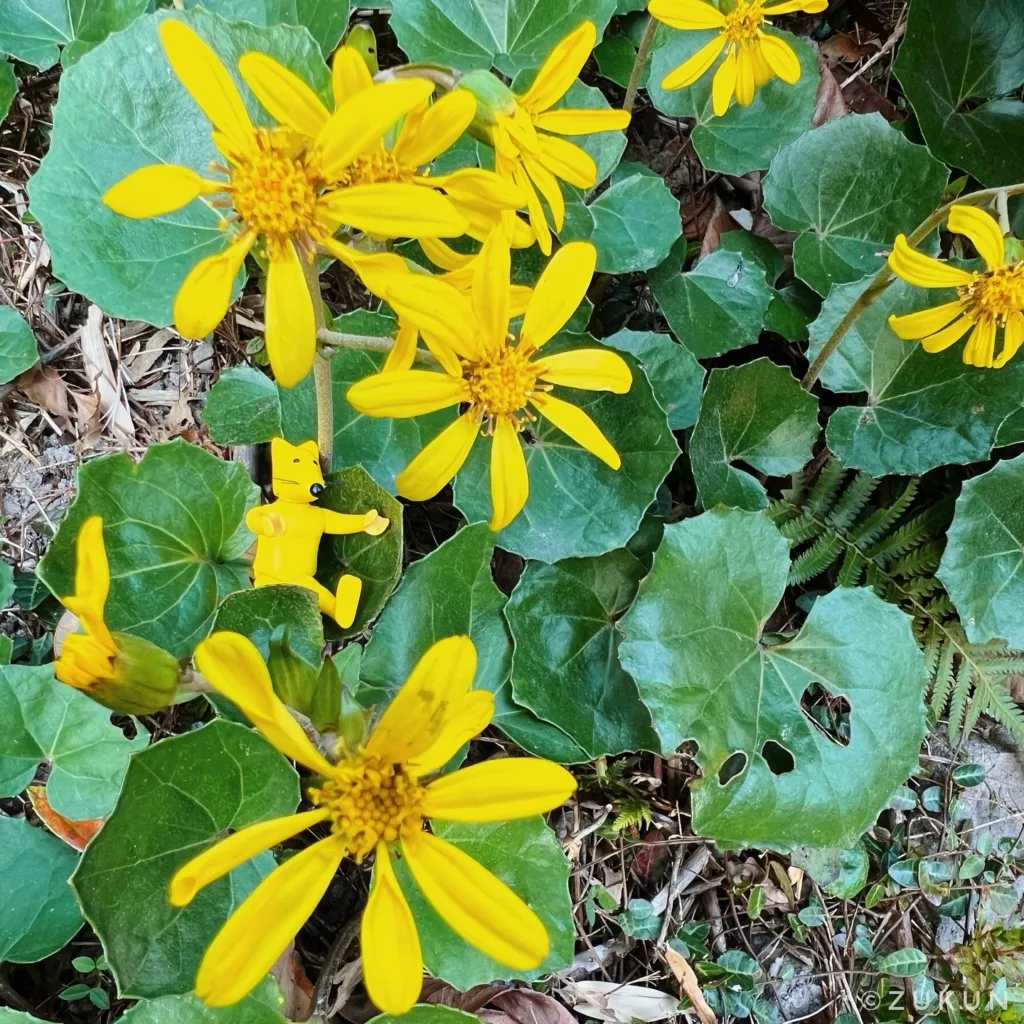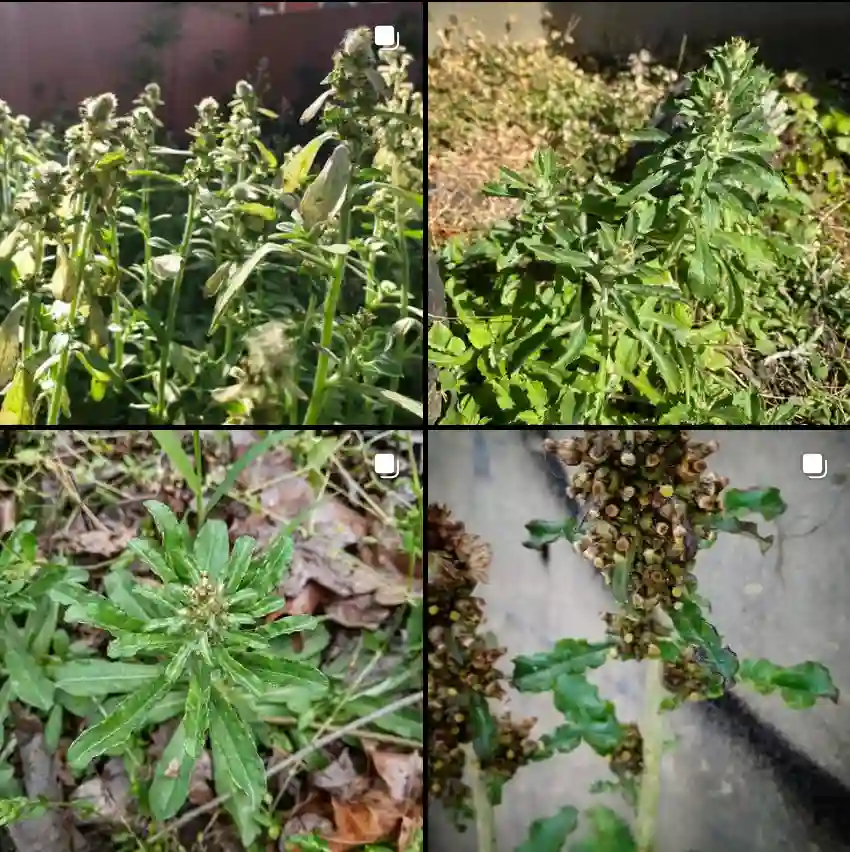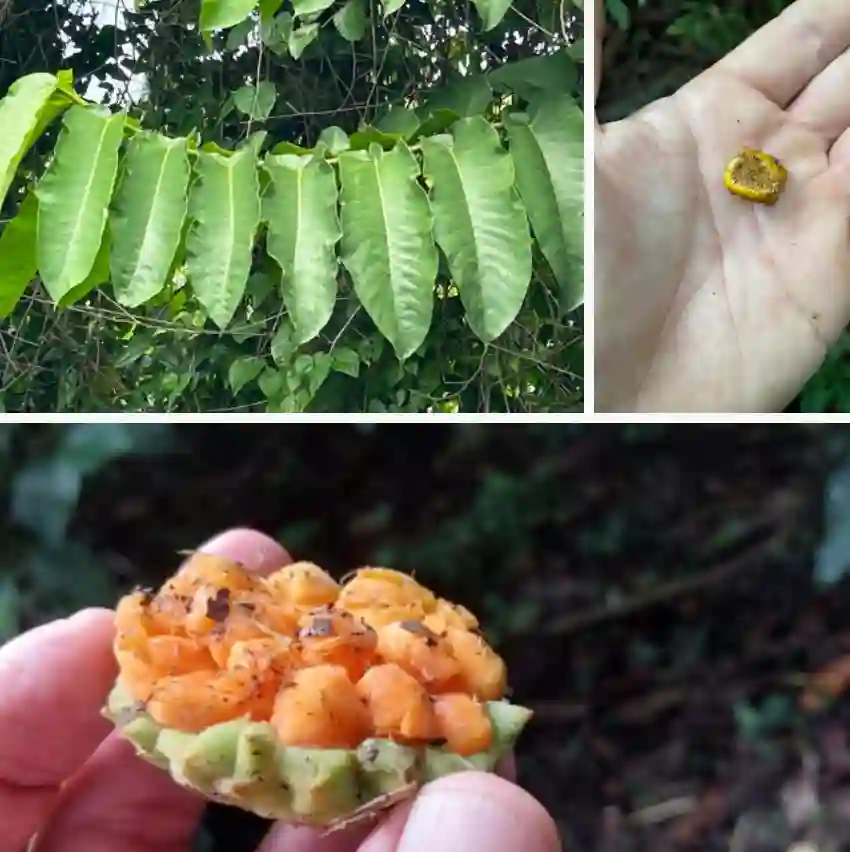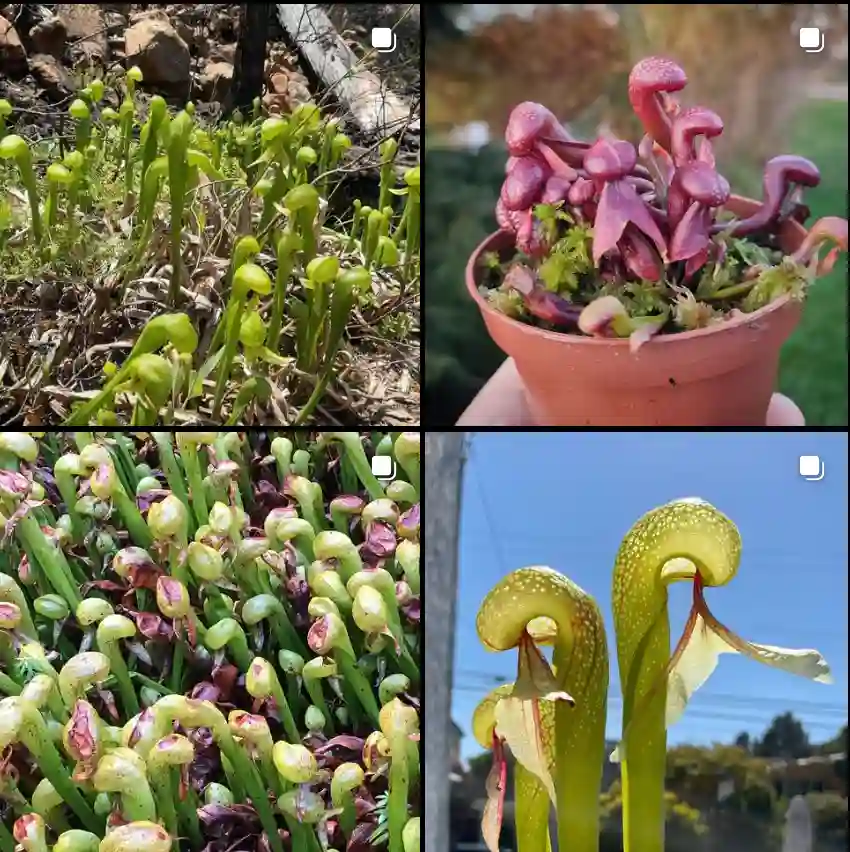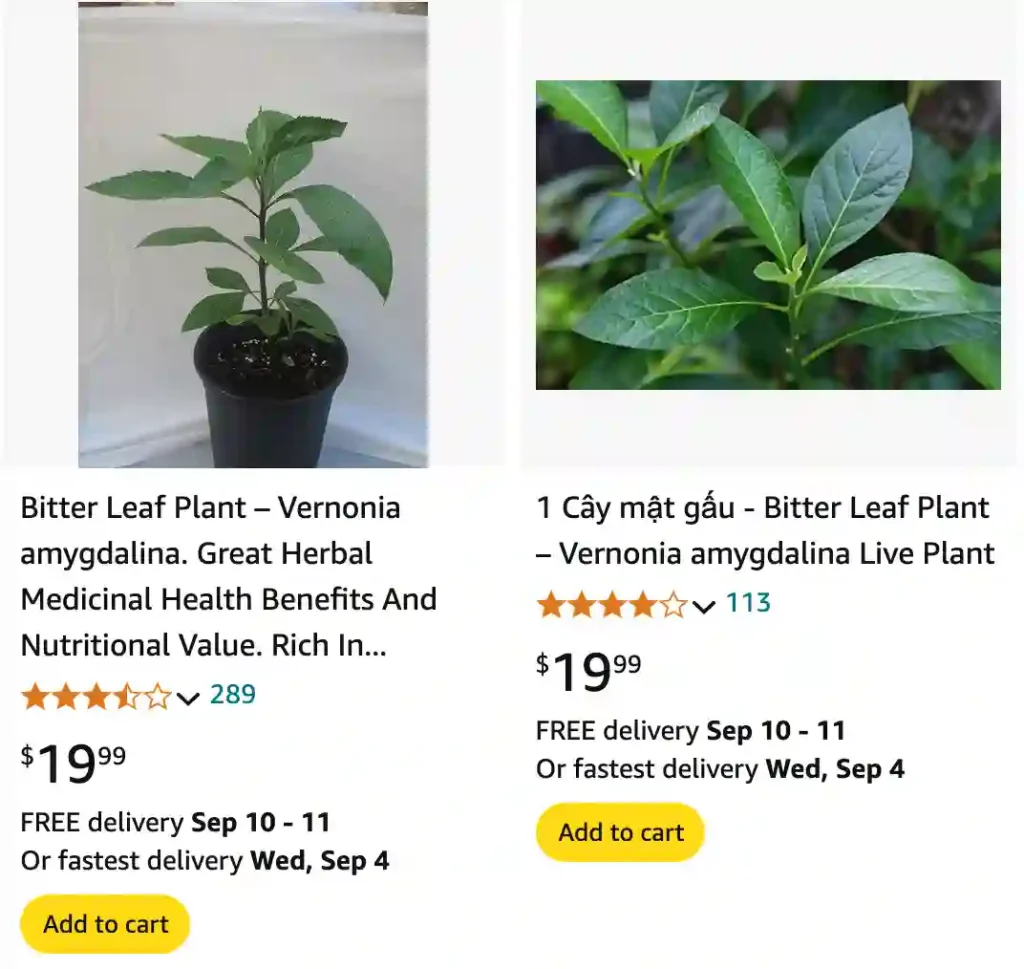
What is Vernonia Amygdalina?
I’ve always been intrigued by plants with unique properties, and Vernonia Amygdalina, certainly caught my attention. This plant is native to tropical Africa and has been used traditionally for centuries. Its leaves are known for their distinctive bitterness, which gives it its common name. Scientifically, it’s part of the Asteraceae family, and it’s renowned for its numerous health benefits and culinary uses.
339 Species in Genus Vernonia
What is the Common Name of Vernonia Amygdalina?
The common name of Vernonia Amygdalina, a synonym of Gymnanthemum Amygdalinum, is Bitter Leaf. This name reflects the plant’s strong, bitter taste, which is quite noticeable when its leaves are consumed. In different regions, it might be known by other names, such as “Onugbu” in Nigeria or “Ewedu” in some parts of West Africa. The bitterness is often an acquired taste, but it’s one that’s appreciated for its health benefits.
What is the Use of Vernonia Amygdalina?
Vernonia Amygdalina is incredibly versatile. Its uses span across culinary, medicinal, and agricultural fields. In the kitchen, Bitter Leaf is a staple in many African dishes. It is used in soups and stews to add a unique flavor and is often boiled to reduce its bitterness before consumption.
Medically, the plant is valued for its potential health benefits. It’s believed to have anti-microbial, anti-inflammatory, and anti-diabetic properties. Traditional medicine often uses it to treat conditions like malaria, diabetes, and hypertension. Some studies suggest that it might also help with digestive issues and liver health.
In agriculture, Bitter Leaf is sometimes used as a natural pesticide. Its leaves, when crushed, can deter pests and protect other crops. This makes it a valuable plant not just for personal health, but also for sustainable farming practices.
How to Grow Vernonia Amygdalina?
Growing Vernonia Amygdalina is relatively straightforward, though it does require specific conditions to thrive. Here’s what I’ve learned about growing it:
Climate and Soil
Bitter Leaf prefers a warm, tropical climate with plenty of sunlight. It thrives in temperatures between 20°C to 30°C (68°F to 86°F). The plant needs well-drained soil that is rich in organic matter. It’s quite tolerant of different soil types, but a pH range of 6.0 to 7.0 is ideal.
Planting
You can start Vernonia Amygdalina from seeds or cuttings. If you’re using seeds, soak them in water for a few hours before planting to improve germination rates. Plant them in seed trays or directly in the garden, and keep the soil moist but not waterlogged. If you’re using cuttings, ensure they have a few leaves and are at least 6 inches long. Plant them in a pot with well-draining soil.
Watering and Fertilizing
Regular watering is crucial, especially during dry periods. However, avoid overwatering, as this can lead to root rot. Fertilize the plant every few months with a balanced fertilizer to promote healthy growth.
Maintenance
Pruning is important to keep the plant healthy and productive. Remove any dead or damaged leaves and trim back overgrown branches to encourage new growth. Also, keep an eye out for pests and diseases, which can sometimes affect Bitter Leaf.
How to Care for Vernonia Amygdalina?
Caring for Bitter Leaf involves a few key practices:
- Watering: Keep the soil consistently moist but not soggy. In drier climates, you may need to water more frequently.
- Sunlight: Ensure the plant gets plenty of sunlight. It prefers full sun but can tolerate partial shade.
- Pest Control: Watch for common pests like aphids or caterpillars. Organic insecticides or neem oil can be effective against these pests.
How to Propagate Vernonia Amygdalina?
Propagation can be done through seeds or cuttings. If you’re propagating from seeds, start them indoors in seed trays or directly in the garden. For cuttings, take a healthy 6-inch segment from a mature plant, remove the lower leaves, and plant it in a pot with moist soil. Keep it in a warm, shaded area until roots develop.
Can You Grow Vernonia Amygdalina Indoors?
While Bitter Leaf is best suited to outdoor growing in tropical climates, it can be grown indoors if you can provide the right conditions. It requires ample sunlight, so a south-facing window or grow lights are essential. Maintain a warm temperature and ensure good air circulation to prevent pests and diseases.
Is Vernonia Amygdalina Toxic?
Vernonia Amygdalina is generally safe to consume, but the bitterness can be quite strong. Cooking or boiling the leaves can reduce the bitterness and make them more palatable. However, if consumed in very large amounts, it could cause digestive discomfort in some individuals. As with any medicinal plant, it’s wise to use it in moderation and consult with a healthcare provider if you have any concerns.
Common Problems with Vernonia Amygdalina
Some common issues with Bitter Leaf include:
- Pests: Aphids, caterpillars, and other insects can sometimes infest the plant.
- Diseases: Root rot can occur if the plant is overwatered or the soil does not drain properly.
- Nutrient Deficiency: Yellowing leaves may indicate a lack of essential nutrients, which can be addressed with proper fertilization.
Compare with Other Similar Plants
When comparing Vernonia Amygdalina with other similar plants, such as Moringa Oleifera (Drumstick Tree) or Jute (Corchorus olitorius), you’ll find that each has its unique benefits and uses. Moringa is known for its high nutritional value and medicinal properties, while Jute is primarily used for its fibers and has its own range of health benefits.
In conclusion, Vernonia Amygdalina is a fascinating plant with a wide range of uses and benefits. Whether you’re growing it for its medicinal properties, culinary uses, or as part of a sustainable farming practice, Bitter Leaf is a valuable addition to any garden or home.
If i die, water my plants!
